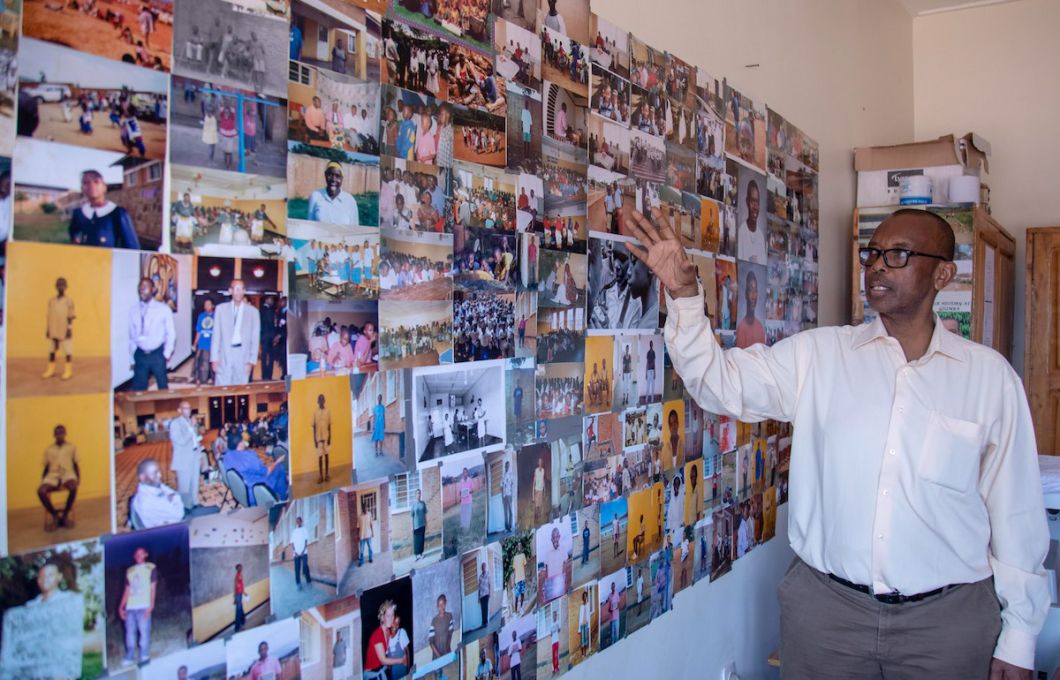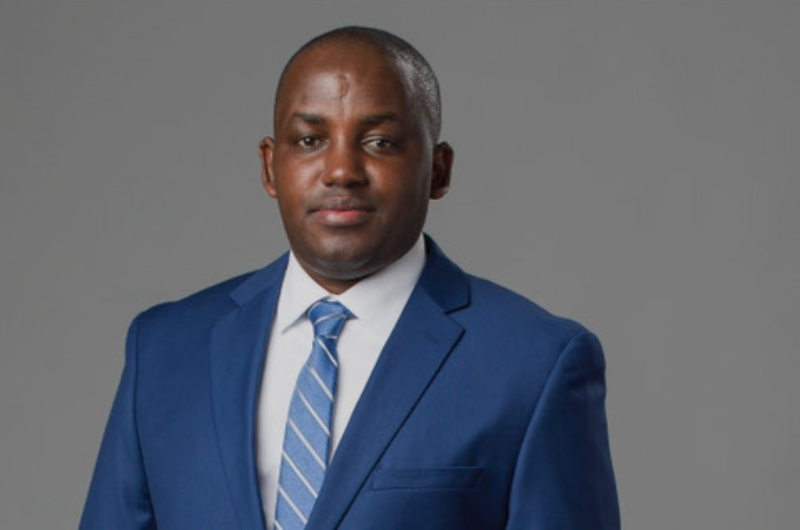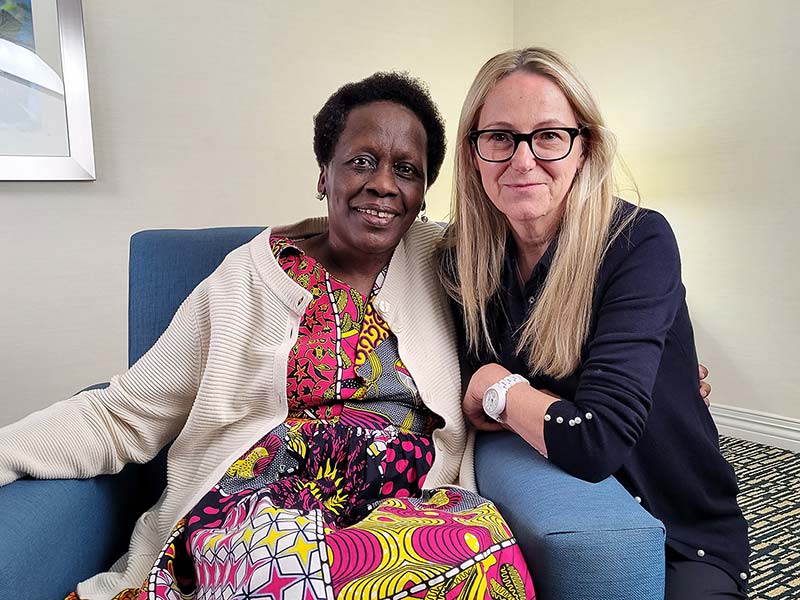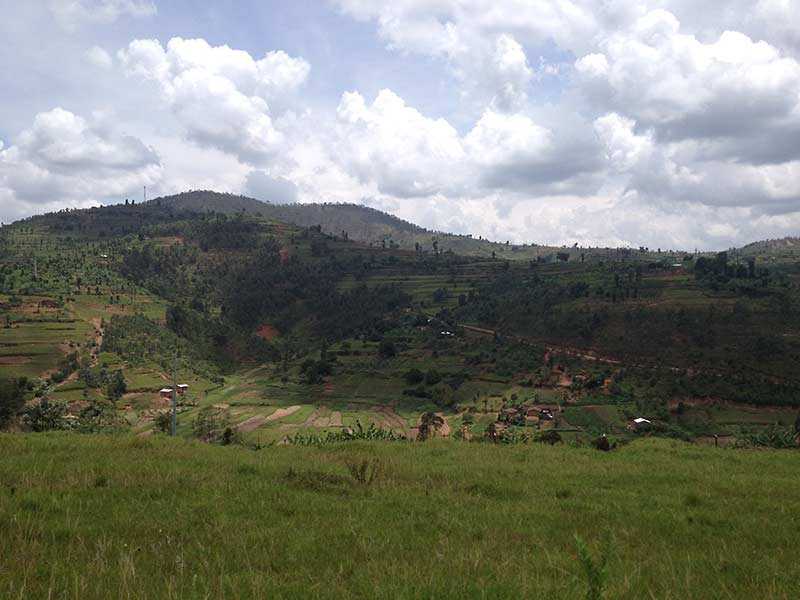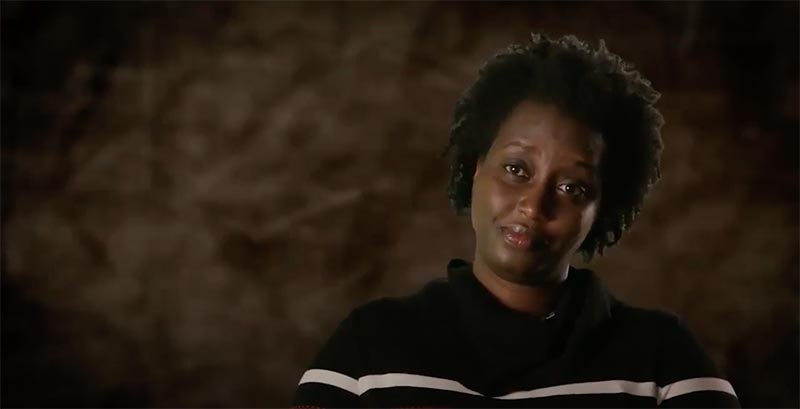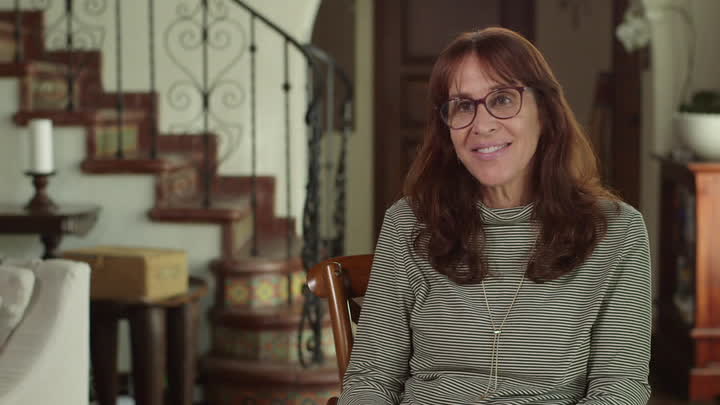Genocide Against the Tutsi in Rwanda
In 2013, the Visual History Archive expanded beyond the Holocaust for the first time, taking in 154 audiovisual testimonies of survivors and witnesses of the Genocide against the Tutsi in Rwanda. That set of atrocities claimed as many as one million lives over the course of about 100 days in 1994 when government-backed militias of ethnic Hutus went on a mass killing spree targeting the country’s next largest ethnic group, the Tutsis.
About the Collection
The Visual History Archive contains the testimonies of 154 survivors and rescuers of the 1994 Genocide Against the Tutsi in Rwanda. They were recorded in Rwanda and the United States by the Kigali Genocide Memorial Center and by the USC Shoah Foundation between 2004 and 2011. The interview language is either Kinyarwanda or English; all the Kinyarwanda testimonies have English subtitles.
Brief Historical Background
The roots of the genocide lay in Rwanda’s colonial past. A German colony until 1916, Belgium took control of Rwanda after Germany’s defeat in World War I. Belgian colonial administration favored Tutsis over Hutus using racist beliefs to justify their discriminatory practices. These beliefs claimed that because Tutsis were, wrongly, assumed to have a different bone structure, including thinner noses and higher cheekbones, they must come from European or North African descendants, unlike the Hutus, who were shorter, had wider noses, and therefore determined to be from African descendants. The Belgians employed the colonial model of “divide and rule,” which allowed them to rely on indirect rule by Tutsi elites. Part of the “divide and rule” strategy included the introduction of ethnic identity cards, which solidified the identities of Hutu and Tutsi, which had previously referred more to social status and wealth. In other words, colonialism introduced ethnic conflict into a social structure where ethnicity previously did not exist. Later, in post-colonial history, this antagonism evolved into a systematic, genocidal ideology that pitted the Hutus against the Tutsis and justified the extermination of Tutsis.
When pressure to decolonize started to escalate in the 1950s, Belgian colonial authorities dropped their support for the minority Tutsi group, and a “Social Revolution” by the majority Hutu population in 1959 lead to violent upheaval, forcing many Tutsis to flee the country. When Rwanda gained independence from Belgium in 1962, a Hutu president was put into place, and violence against Tutsi remained commonplace for several years. With waves of anti-Tutsi violence in the 1960s and 1970s, increasing numbers of Tutsi refugees established lives in neighboring countries such as Tanzania, Democratic Republic of Congo (former Zaire), Kenya, and especially Uganda. These groups of Rwandans appealed to the government of Rwanda to allow them safe return throughout the 1980s, to no avail.
During this time, some of these exiled Tutsi in Uganda formed a group called the Rwandan Patriotic Front (RPF). In 1990, the armed branch of this group invaded Rwanda and demanded the right to return to Rwanda and enjoy shared rule at a very difficult time for Rwanda’s rulers. A one-party state since 1973, Rwanda began to democratize in the 1980s and early 1990s, and a semi-free press with newspapers sponsored by extremist groups opened the door to a propaganda machine that fueled the genocide. Since the RPF was a Tutsi rebel group, the propaganda machine was directed at portraying Tutsis as enemy invaders. This propaganda further fueled the decades of existing anti-Tutsi antagonism and violence that had preceded the 1990s. This civil war between the RPF and the Rwandan Armed Forces garnered international attention, which led to a peace process, signed in 1993, and a United Nations-sponsored mission on the ground in Rwanda (United Nations Mission in Rwanda, UNAMIR, led by Lt. General Roméo Dallaire) to enforce the peace.
Genocide
In addition to anti-Tutsi propaganda, militias were trained to defend their country against the “foreign invader Tutsis,” and a plan to eliminate the Tutsis was developed, based on a double false myth of Tutsis as non-natives to Rwanda (falsehood #1) and as all Tutsis being members of the RPF and/or spies (falsehood #2). When Rwandan President Juvénal Habyarimana’s plane was shot down on April 6, 1994, the power vacuum allowed armed mobs from the army, national police, and militias to attack and murder Hutu political moderates in the capital city, including the Prime Minister, Agathe Uwilingiyimana, and to massacre Tutsis. The extremists moved quickly to remove any possibility of dissent, and by the next morning, on April 7, 1994, the genocide was underway.
The seeming chaos that ensued was actually the product of careful planning. In the months prior, arms had been distributed, lists of Tutsis had been generated, and a structure had been put in place to implement the mass murder of Tutsis. Very quickly after the massacres in Kigali, the violence spread, fueled by specific messages on the radio to incite people to kill in their areas. In addition, local authorities would require people to go out to kill neighbors, using the euphemism “work” for killing. Many people fleeing violence sought refuge in churches, which had served as safe havens during past periods of anti-Tutsi violence but were no longer neutral territory in 1994. As a result, churches throughout Rwanda became sites of mass slaughter, at times with cooperation between clergy and génocidaires (perpetrators).
The genocide spread rapidly and was documented by global media but still, the international community did not intervene. UNAMIR Lt. General Dallaire attempted to garner international support to strengthen his existing mission and asked the United Nations for a stronger mandate that would have authorized UN soldiers to use force to stop the genocide. The United Nations not only failed to grant this, they also withdrew the vast majority of the troops on the ground, leaving Dallaire with 450 troops and a mandate that limited their ability to intervene. Hundreds of thousands of Rwandans were murdered while the world stood by and watched.
Aftermath
In the aftermath of the genocide, Rwanda faced numerous challenges. Most survivors were in dire need of medical care and were either homeless or feared returning home and living next to the people who murdered their families. The genocide left thousands of orphans, many of them with no surviving family members. Because of widespread genocidal rape, thousands of women were HIV positive, with no access to proper medication. The political system was destroyed and the judicial system did not exist. The rebel army that ended the genocide – the RPF – assembled a government and has been the ruling party since 1994.
Hundreds of thousands of people participated in the killing – but no resources existed to document the crimes, try the accused in court, or maintain sufficient prison space to accommodate all perpetrators. In response to these challenges, the United Nations established the International Criminal Tribunal for Rwanda (ICTR), which sentenced 62 of the biggest perpetrators between 1994 and 2012. Rwanda also established national courts to try the architects of genocide and local courts called gacaca to punish lower-level perpetrators.
Rwanda has addressed these needs in various ways, but reconstruction is ongoing. In an effort to forge a new, inclusive, national identity, ethnicity was removed from identity cards and the use of ethnic terms in political discourse is now illegal.
Compiling the testimonies has been a group effort

Genocide survivor Freddy Mutanguha on saying goodbye to his mother
In this clip from his full-length testimony, Freddy Mutanguha recalls seeing his mother for the last time.
Related Articles
